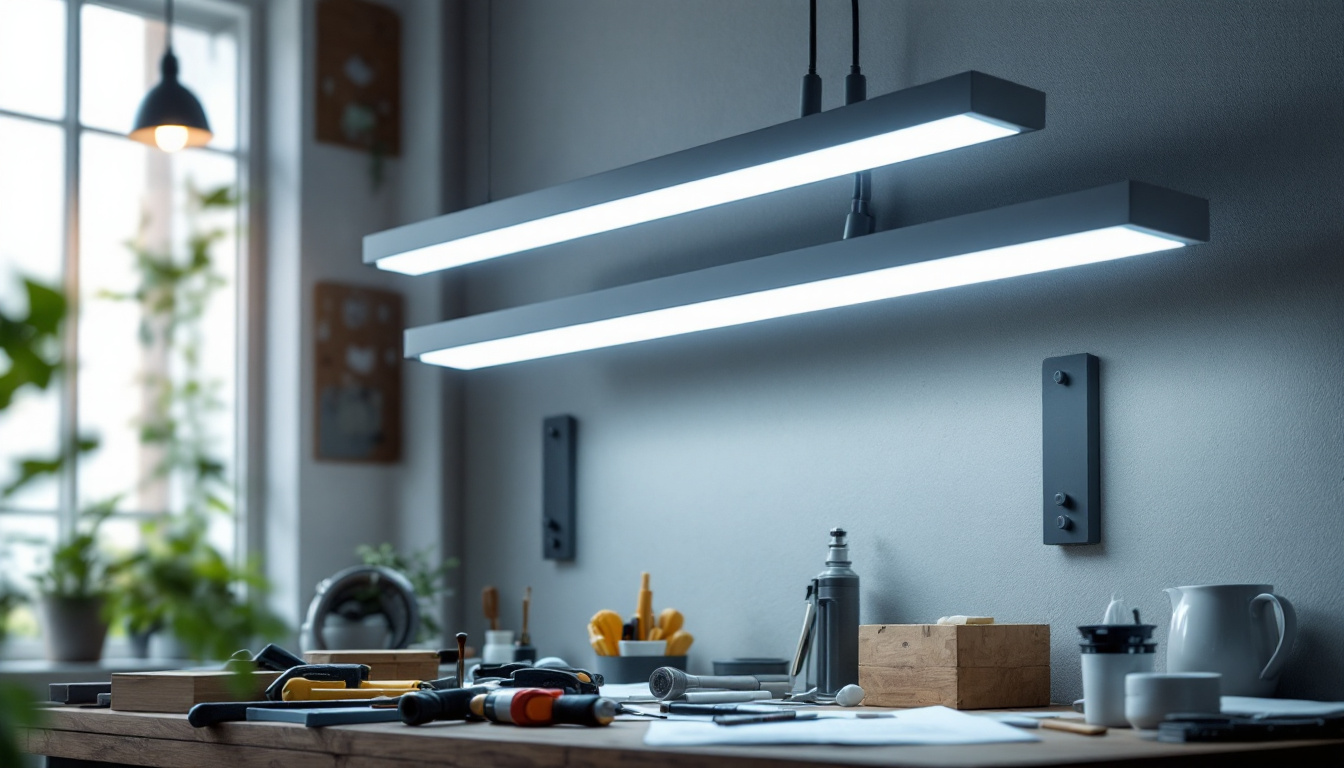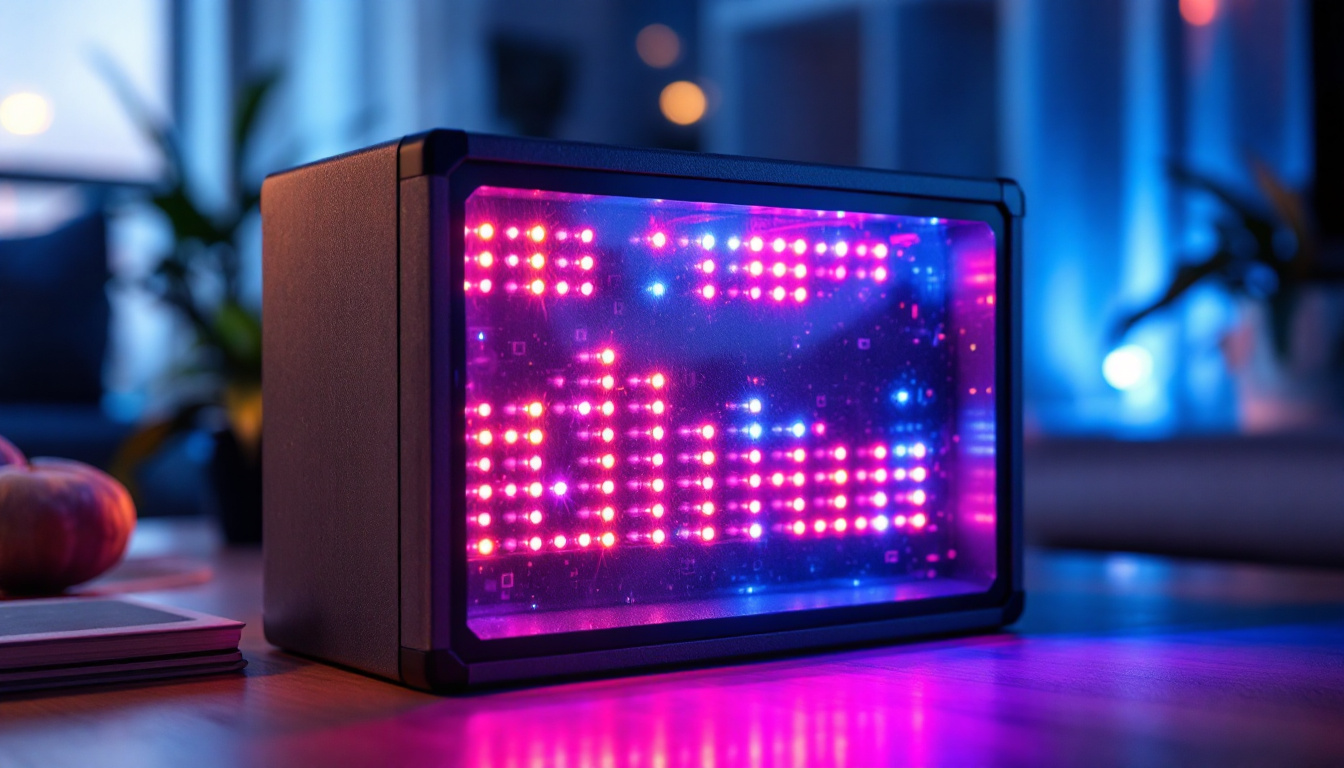
In the ever-evolving world of lighting design and installation, contractors face numerous challenges that require both technical expertise and creative problem-solving skills. Phoenix Lighting, a leader in the industry, offers valuable insights to help lighting contractors enhance their craft. This article delves into essential tips and strategies that can elevate the work of lighting contractors, ensuring they meet client expectations while staying ahead of industry trends.
Before diving into advanced techniques, it is crucial for lighting contractors to grasp the fundamental principles of lighting design. This knowledge serves as the foundation upon which all successful projects are built. A solid understanding of these basics not only enhances the aesthetic appeal of a space but also ensures that the lighting meets the functional needs of its users. Whether working on residential projects or commercial spaces, the principles of lighting design remain universally applicable, making it essential for contractors to master them.
Light quality can significantly affect the ambiance of a space. Contractors should familiarize themselves with various light sources, including LED, fluorescent, and incandescent lighting, each offering unique characteristics. Understanding color temperature, measured in Kelvin, is essential for selecting the right lighting for different environments. For instance, warmer tones (around 2700K) create a cozy atmosphere, while cooler tones (5000K and above) are ideal for workspaces. Additionally, the Color Rendering Index (CRI) is another critical factor that contractors must consider, as it measures how accurately a light source displays colors in comparison to natural light. A higher CRI is particularly important in settings such as art galleries or retail spaces, where color accuracy can influence customer perception and experience.
Effective lighting design often involves layering different types of lighting—ambient, task, and accent. Ambient lighting provides overall illumination, task lighting focuses on specific areas for activities like reading or cooking, and accent lighting highlights architectural features or artwork. By combining these elements, contractors can create a dynamic and visually appealing environment. Moreover, the strategic placement of fixtures can enhance the perception of space, making smaller areas feel larger and more inviting. For example, using wall sconces to draw the eye upward can create an illusion of height in a room, while under-cabinet lighting in kitchens not only serves a functional purpose but also adds a touch of elegance. Understanding how to manipulate light in this way is key to achieving a well-balanced and harmonious design that caters to both aesthetic and practical needs.
The lighting industry is continuously evolving, with new technologies and design trends emerging regularly. Staying informed about these developments is vital for contractors who aim to provide cutting-edge solutions to their clients. Keeping abreast of these trends not only enhances a contractor’s credibility but also positions them as a knowledgeable resource for clients seeking innovative lighting solutions. Regularly attending industry conferences, subscribing to relevant publications, and participating in online forums can greatly aid in this endeavor.
smart lighting systems are becoming increasingly popular, offering users enhanced control over their lighting environments. These systems can be programmed to adjust brightness, color, and even timing, providing convenience and energy efficiency. Contractors should educate themselves about smart lighting options, including compatible devices and installation techniques, to meet the growing demand for these solutions. Additionally, understanding the integration of smart lighting with home automation systems can further enhance a contractor’s service offerings. As more homeowners seek seamless connectivity between devices, being knowledgeable about how to incorporate smart lighting into existing smart home ecosystems will set contractors apart in a competitive market.
With a heightened focus on sustainability, energy-efficient lighting solutions are at the forefront of industry trends. Contractors should be well-versed in energy-saving technologies, such as LED fixtures and solar-powered lighting. Not only do these options reduce energy consumption, but they also appeal to environmentally conscious clients looking to minimize their carbon footprint. Furthermore, staying informed about government incentives and rebates for energy-efficient installations can provide contractors with valuable information to share with clients, making the transition to sustainable lighting not only beneficial for the environment but also economically advantageous. As the demand for green building practices continues to rise, contractors who prioritize energy efficiency will find themselves in a strong position to attract and retain clients who value sustainability in their projects.
Installation is a critical aspect of a lighting contractor’s job. Mastery of various installation techniques can significantly impact the quality and longevity of the lighting systems being installed.
Before beginning any installation, thorough planning is essential. Contractors should conduct site assessments to understand the unique characteristics of the space, including dimensions, existing electrical systems, and potential obstacles. Creating a detailed installation plan helps ensure that all necessary materials and tools are on hand, minimizing delays and complications during the process.
Precision is key in lighting installation. Contractors must pay close attention to the placement of fixtures, ensuring they are level and aligned correctly. Wiring should be neatly organized and secured to prevent hazards. Additionally, testing the lighting system before completing the installation allows contractors to identify and resolve any issues early on.
Communication is a vital skill for lighting contractors, as it fosters trust and ensures that client expectations are met. Establishing clear lines of communication can lead to successful project outcomes and repeat business.
From the outset, it is essential to discuss project timelines, budgets, and design preferences with clients. Providing a detailed proposal that outlines the scope of work can help manage expectations and prevent misunderstandings later in the project. Regular updates throughout the installation process keep clients informed and engaged, reinforcing their confidence in the contractor’s abilities.
Feedback is invaluable for improving services and ensuring client satisfaction. Contractors should encourage clients to share their thoughts on the design and installation process. This not only helps in making necessary adjustments but also demonstrates a commitment to delivering high-quality work. Positive feedback can lead to referrals and repeat business, further enhancing a contractor’s reputation.
In today’s digital age, technology plays a crucial role in enhancing the efficiency and effectiveness of lighting contractors. Utilizing the right tools can streamline processes and improve project outcomes.
Investing in project management software can help contractors keep track of timelines, budgets, and resources. These tools allow for better organization and communication, making it easier to manage multiple projects simultaneously. Features such as task assignment, deadline reminders, and document sharing can significantly enhance productivity.
Design software enables contractors to create visual representations of their lighting designs, allowing clients to see the proposed outcome before installation begins. This can be particularly beneficial in securing client approval and making necessary adjustments early in the process. Familiarity with various design tools can set a contractor apart from competitors.
Building strong relationships within the industry can open doors to new opportunities and collaborations. Networking is an essential aspect of professional growth for lighting contractors.
Participating in professional organizations related to lighting design and installation can provide contractors with valuable resources and networking opportunities. These organizations often host events, workshops, and seminars that can enhance knowledge and skills while fostering connections with other professionals in the field.
Collaboration with other trades, such as electricians, interior designers, and architects, can lead to successful project outcomes. Establishing a network of reliable professionals allows contractors to offer comprehensive solutions to clients, enhancing their service offerings. Building these relationships can also lead to referrals and new business opportunities.
Safety should always be a top priority for lighting contractors. Adhering to safety standards not only protects the contractor but also ensures the safety of clients and their properties.
Familiarity with local electrical codes and regulations is essential for any lighting contractor. These codes are designed to ensure safety and compliance in electrical installations. Contractors should stay updated on any changes to these regulations and implement them in their work to avoid potential legal issues.
Establishing safety protocols for installation projects can help mitigate risks. This includes wearing appropriate personal protective equipment (PPE), using tools safely, and ensuring that work areas are organized and free of hazards. Regular safety training can also enhance awareness and preparedness among team members.
The lighting industry is constantly evolving, making continuing education essential for contractors who wish to stay competitive. Investing in skill development can lead to improved service offerings and increased client satisfaction.
Participating in workshops and seminars focused on lighting design and technology can provide contractors with new insights and techniques. These educational opportunities often feature industry experts who share their knowledge and experiences, allowing contractors to learn from the best.
Obtaining relevant certifications can enhance a contractor’s credibility and demonstrate expertise in specific areas of lighting. Many organizations offer certification programs that cover various aspects of lighting design and installation. These credentials can set contractors apart in a competitive market and instill confidence in clients.
Mastering the art of lighting installation requires a combination of technical knowledge, creativity, and effective communication. By embracing the tips and strategies outlined in this article, lighting contractors can enhance their skills, stay ahead of industry trends, and ultimately deliver exceptional results for their clients. As the lighting industry continues to evolve, those who invest in their education and adapt to new technologies will find themselves well-positioned for success.
Ready to take your lighting projects to the next level? LumenWholesale is here to support you every step of the way. With our extensive selection of top-quality, spec-grade lighting products, you’ll find exactly what you need to impress your clients and illuminate their spaces beautifully. Say goodbye to local distributor markups and hello to unbeatable wholesale prices, free shipping, and the convenience of bulk buying. Elevate your lighting installations with the perfect blend of quality, affordability, and convenience. Visit LumenWholesale today for the best value in wholesale lighting.

Discover how a 4 lamp fluorescent fixture can revolutionize your lighting installation projects.

Discover the latest trends in LED lighting that every contractor needs to know.

Explore how LED street lights are revolutionizing the lighting industry, offering contractors enhanced efficiency, cost savings, and sustainable solutions.

Discover the ultimate guide to mastering sunlight lighting with our essential checklist tailored for lighting professionals.